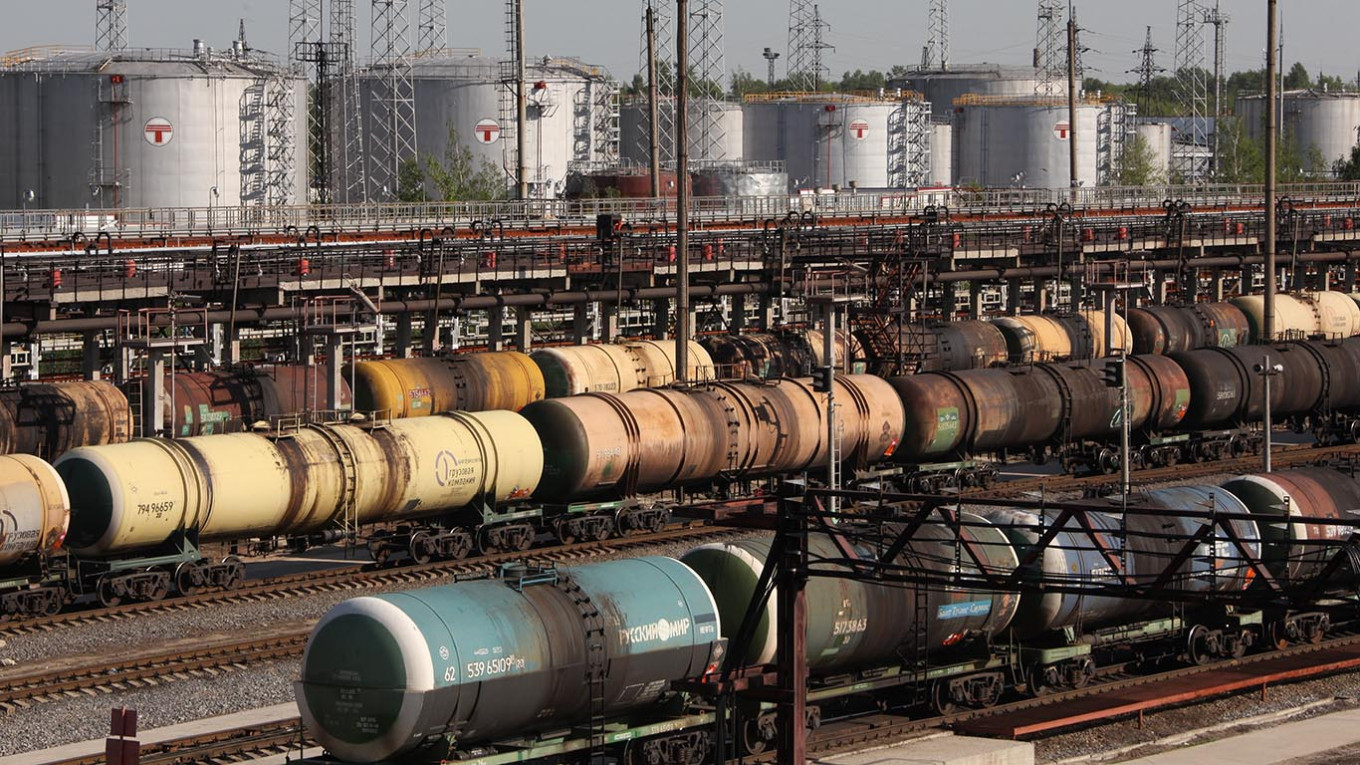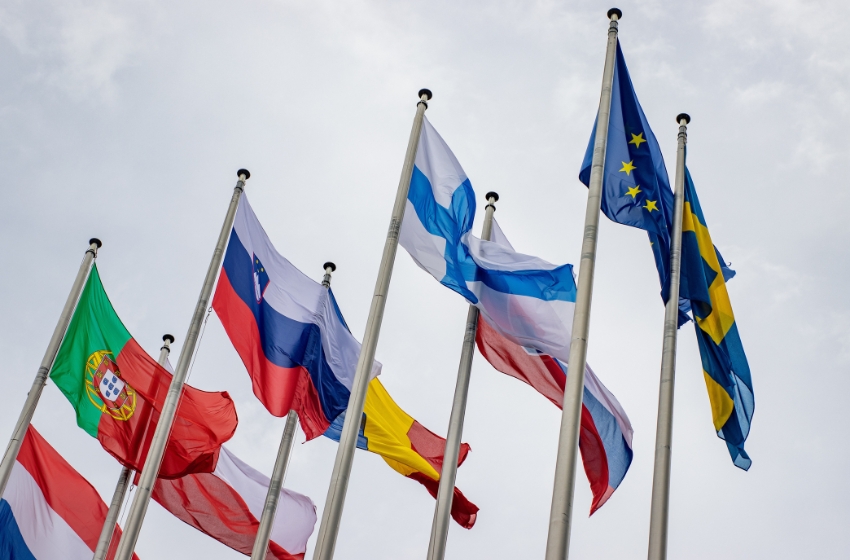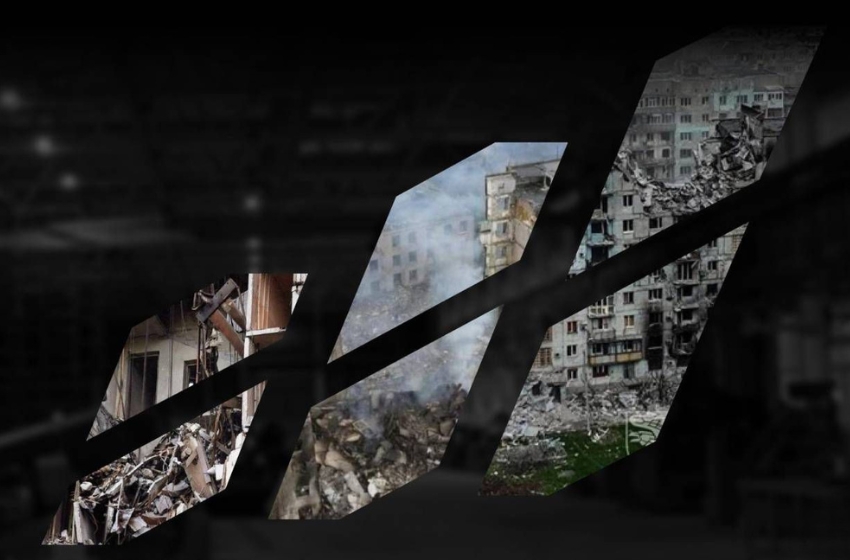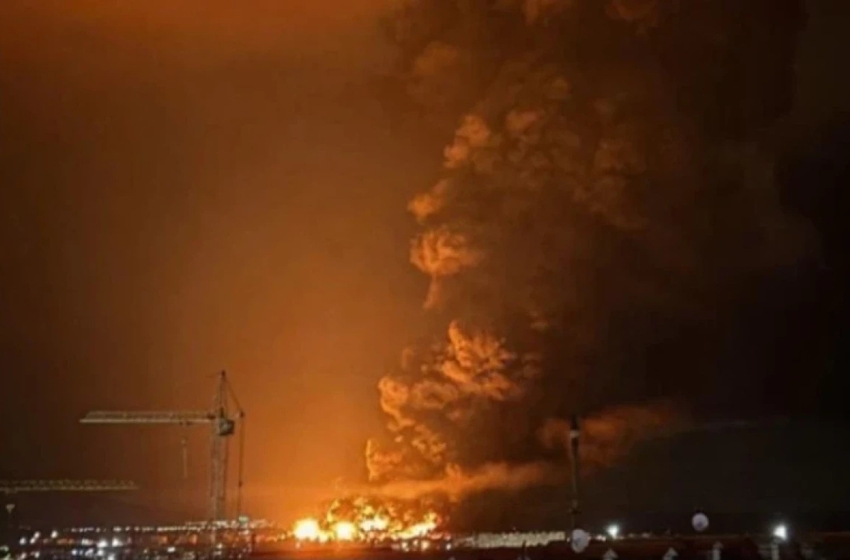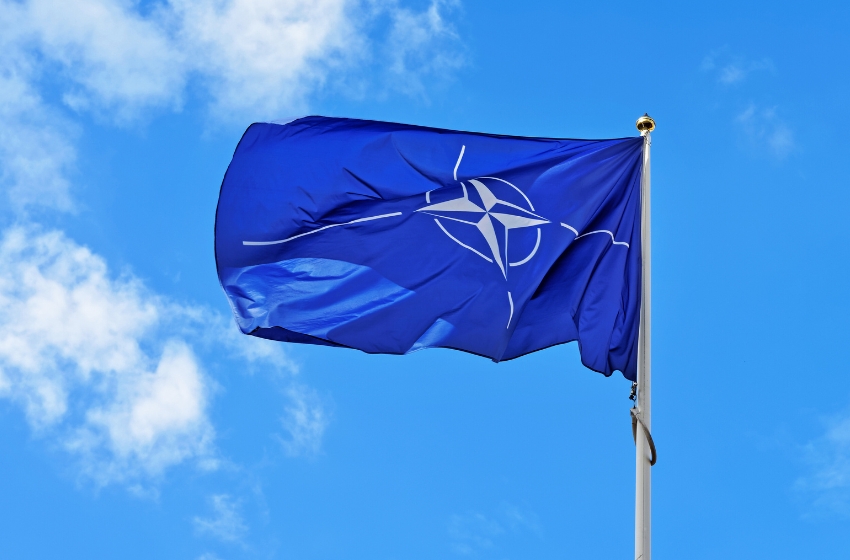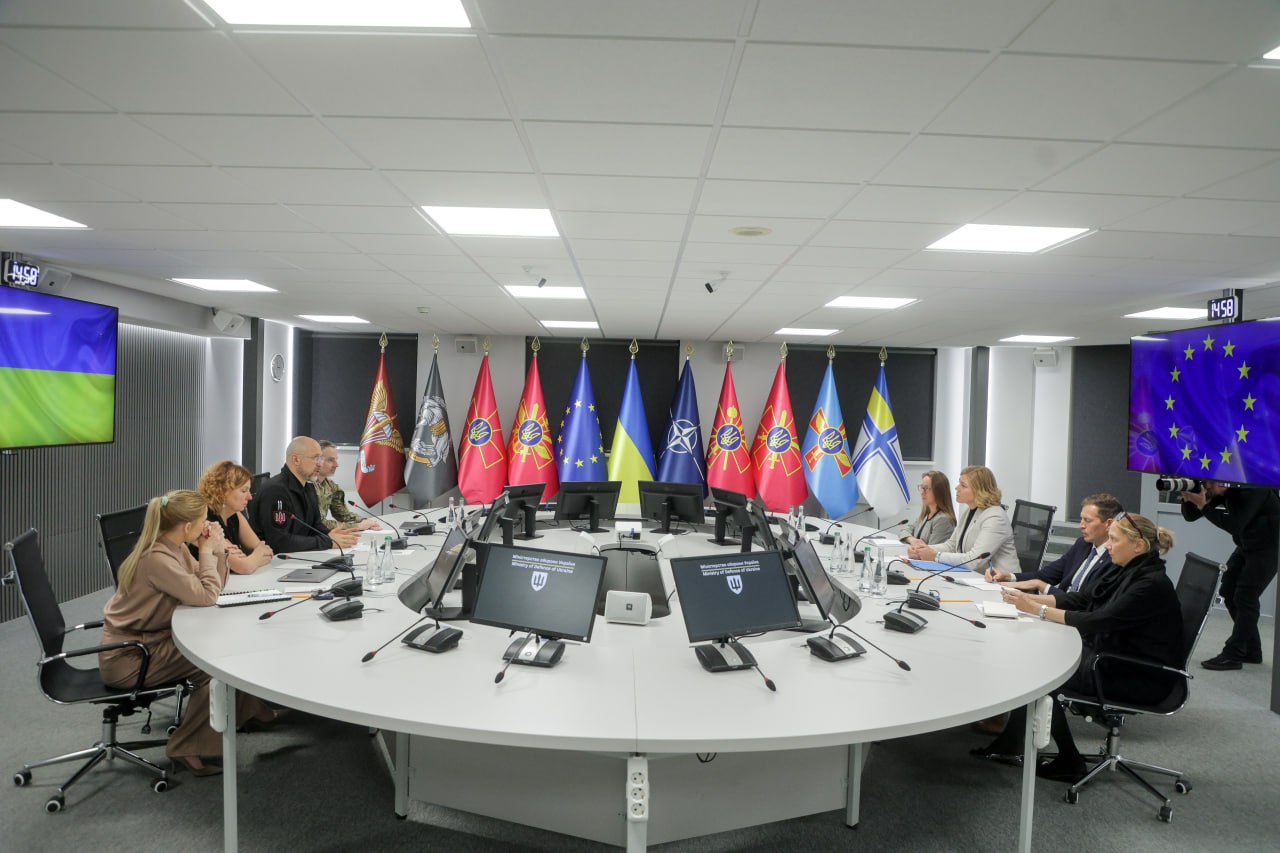The fuel crisis engulfing Russia is less a result of individual accidents or sanctions than a reflection of the deep degradation of its energy model. Years of underfunding, technological isolation, and flawed management decisions have transformed what was once a profitable sector into a system surviving on inertia.
Russian refineries, concentrated mostly in a few industrial centers in the European part of the country, remain outdated in terms of technology and production structure. When some of these plants shut down, the country effectively lost a significant portion of its domestic capacity. Without at least six months of repairs under calm conditions, Russia could become up to 60% dependent on fuel imports by the end of the year.
After banning gasoline exports in September, the Russian government tried to stabilize the situation, but this step only aggravated the crisis. Foreign sales previously allowed the industry to offset chronic losses and partially fund modernization. Now, without foreign currency inflows, enterprises lack resources for upgrades, and price controls on the domestic market are creating an artificial shortage.
The problem is quickly spreading beyond the fuel sector. Rising gasoline prices push up transportation costs, which directly affect consumer goods prices. Combined with higher VAT, this creates the risk of sharply accelerating inflation. Official statistics may try to hide the effect, but consumers will feel it in their wallets.
Temporary measures taken by Moscow only underline the deadlock. Fuel imports from Belarus and China cannot compensate for the losses, and attempts to raise octane levels with chemical additives may reduce fuel quality and cause technical problems. In the end, instead of stabilization, the Russian authorities face yet another front of economic risk—internal, costly, and uncontrollable.









